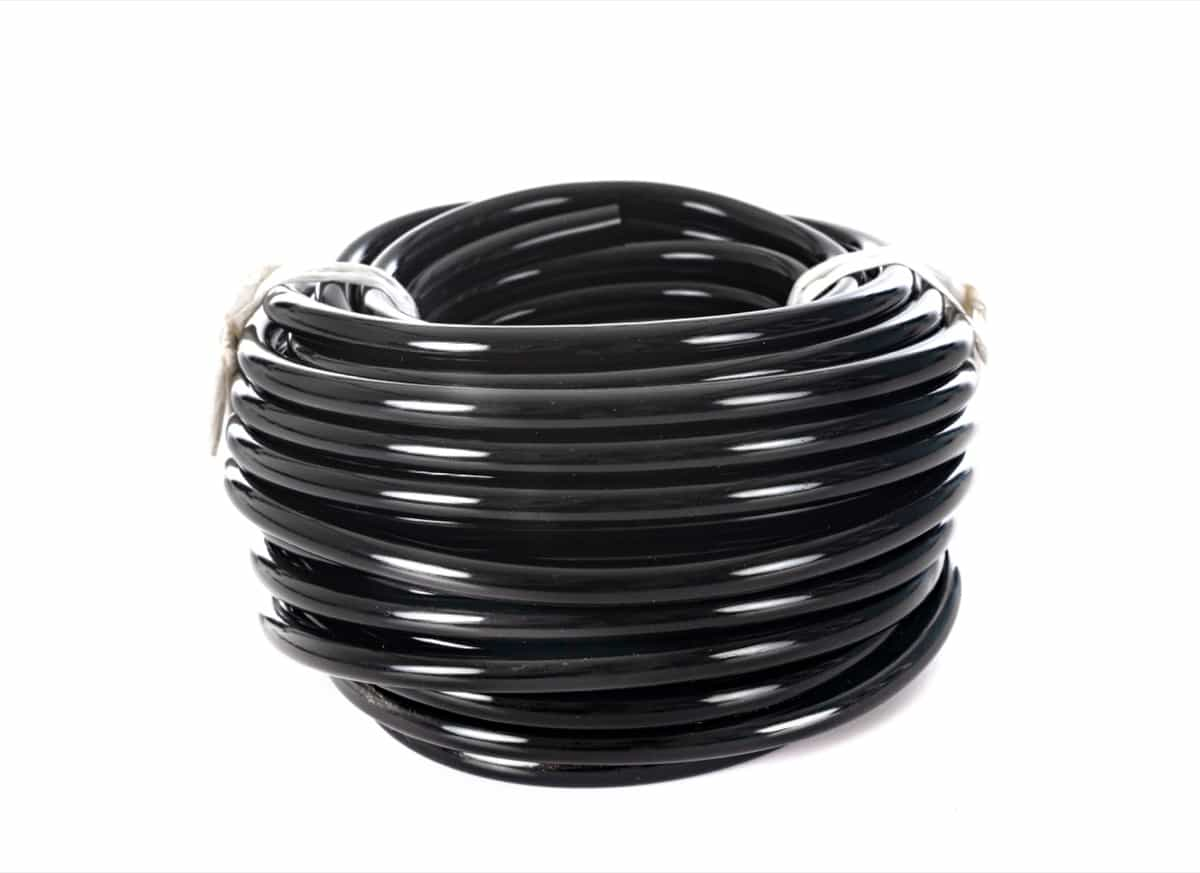Cultivating healthy and productive coconut trees requires meticulous attention to water management, and one effective solution is drip irrigation. In this guide, we will walk you through the step-by-step process of installing drip irrigation for coconut trees. This article aims to equip coconut growers with the knowledge and skills needed to establish an efficient and sustainable irrigation system.

How to Install Drip Irrigation in Coconut Plantation
Water Requirement for Coconut Tree Per Day
Coconut trees require a substantial amount of water for optimal growth and fruit production. On average, a mature coconut tree needs about 75-115 liters of water per day, particularly in hot and dry climates. However, it’s essential to consider factors such as soil type, climate, and tree age when determining precise water needs.
Prepare the Site: Choose the Right Location and Soil Testing
Before installing a drip irrigation system, careful site preparation is necessary. Choose a location with proper sunlight exposure and well-draining soil. Conduct soil testing to assess its composition and nutrient levels. Coconut trees thrive in well-draining, sandy loam soils with a slightly acidic to neutral pH. Make any necessary amendments based on the soil test results to create an ideal growing environment for coconut trees. Adequate soil preparation contributes significantly to the success of the drip irrigation system and overall tree health.
Design the System: Determine the Water Requirements and Layout
Calculate the water flow rate based on the daily water needs of each tree. Consider factors such as tree spacing, root spread, and terrain slope when designing the layout. Divide the coconut orchard into zones with similar water requirements to ensure precise irrigation. Lay out the main water supply lines and connect them to a reliable water source. Install drip emitters at the base of each tree, adjusting the emitter flow rates according to individual tree requirements.
Choose the Right Components: Selecting the Best Drip Irrigation Materials
Drip Tubing: Opt for high-quality, UV-resistant polyethylene tubing that can withstand prolonged exposure to sunlight. Ensure the tubing has the appropriate diameter to maintain optimal water pressure throughout the system.
Emitters: Choose pressure-compensating drip emitters to ensure uniform water distribution, regardless of variations in terrain or elevation. Adjustable emitters allow for customization based on individual tree water requirements.
Filters: Install efficient filters to prevent clogging of emitters due to debris and sediment in the water. A combination of screen and disc filters is often recommended to ensure thorough filtration.
Connectors and Fittings: Use durable connectors and fittings made of materials like PVC or polypropylene to join tubing sections and create a reliable network. Ensure a secure fit to prevent leaks.
Pressure Regulators: Incorporate pressure regulators to maintain consistent water pressure within the system. This is essential for optimal emitter performance and water distribution.
Backflow Prevention: Install backflow prevention devices to safeguard the water source from contamination. This is crucial for maintaining water quality and adhering to agricultural standards.
Controller and Automation: Consider a drip irrigation controller with automation features for efficient scheduling and water management. This allows precise control over irrigation timing and duration.
In case you missed it: How to Make Coconut Shell Charcoal for Plants: DIY at Home

Install the System: A Step-by-step Guide
- Layout Planning: Begin by mapping the coconut orchard, considering tree spacing and terrain. Divide the area into zones based on similar water requirements.
- Main Line Installation: Lay the main polyethylene tubing along the rows of coconut trees, connecting it to a reliable water source. Ensure proper securing of the tubing using stakes or clamps.
- Sub-Main Lines: Install sub-main lines branching off the main line to reach different zones. Maintain a consistent slope for proper water flow.
- Emitters Placement: Attach pressure-compensating drip emitters at the base of each coconut tree. Adjust emitter flow rates based on individual tree water needs.
- Filter Installation: Integrate screen and disc filters along the main and sub-main lines to prevent clogging. Regularly clean and maintain filters for optimal system performance.
- Connectors and Fittings: Use durable connectors and fittings to join tubing sections, ensuring a secure fit. Double-check for leaks and make necessary adjustments.
- Pressure Regulation: Install pressure regulators to maintain uniform water pressure. Adjust regulators according to the system’s requirements.
- Backflow Prevention: Incorporate backflow prevention devices near the water source to protect against contamination. Follow local regulations and standards for backflow prevention.
- Controller Setup: If using an irrigation controller, program it to match the water needs of coconut trees in each zone. Consider automation for precise scheduling.
- Testing and Adjustment: Turn on the system and inspect for leaks, ensuring all emitters are functioning correctly. Fine-tune the system based on observations, making necessary adjustments to optimize water distribution.
Connect the System: Joining Tubing and Emitters
Connecting the drip irrigation system involves carefully joining tubing and emitters to create a seamless network for optimal water distribution. Use barbed connectors to attach drip tubing sections, ensuring a tight fit by inserting the tubing over the barb and securing it with hose clamps.
Connect sub-main lines to the main line using tee fittings for efficient branching. Attach pressure-compensating drip emitters to the tubing at the base of each coconut tree, adjusting the flow rate according to individual water requirements. Confirm secure connections and test the system for leaks before finalizing the installation. This meticulous connection process guarantees a reliable and effective drip irrigation system for coconut trees.
Set Up the Water Source: Connecting to a Water Supply or Rainwater Harvesting
Setting up the water source for the drip irrigation system involves connecting to a reliable supply or utilizing rainwater harvesting. If connecting to a water supply, use a threaded connection to link the main line to a faucet or piped system. Install a screen filter near the water source to prevent debris from entering the system.
In case you missed it: How to Grow and Care for Coconut Bonsai: Planting Instructions

Alternatively, for rainwater harvesting, position collection systems like gutters to direct water into storage tanks. Employ a first-flush diverter to remove contaminants from initial runoff. Install a pump and filter system for consistent pressure and water quality.
Adjust the System: Fine-tuning for Optimal Performance
Fine-tuning the drip irrigation system is crucial for optimal performance. Regularly monitor water distribution, adjusting emitter flow rates based on tree growth and changing water requirements. Inspect for clogs in filters and clean them as needed to maintain unimpeded water flow. Periodically check pressure regulators and adjust them as necessary to ensure consistent water pressure—conduct system tests to identify and rectify any leaks. Additionally, consider seasonal variations and adapt the irrigation schedule accordingly.
Maintenance and Repair: Keeping Your System in Good Condition
Regularly inspect tubing, connectors, and emitters for wear, leaks, or clogs. Clean filters and replace them as needed to prevent blockages. Check pressure regulators for consistent performance and adjust if necessary. Trim vegetation around the system to prevent damage. Address leaks promptly by replacing damaged components.
During the off-season, flush the system to remove any accumulated debris. Keep spare parts handy for quick repairs. Routine maintenance ensures a reliable system, contributing to the health of coconut trees and maximizing the efficiency of water usage in your orchard.
Drip Irrigation Cost Per Acre for Coconut Orchard
The cost of implementing drip irrigation for a coconut orchard can vary based on factors like the size of the orchard, water source accessibility, and the type of drip system used. On average, the cost per acre for a comprehensive drip irrigation setup for a coconut orchard in India may range from ₹60,000 to ₹1,00,000 or more.
In case you missed it: Project Report of 1-Acre Coconut Farming: Cost and Profit Analysis and Production Economics

This includes expenses for materials such as tubing, emitters, filters, connectors, and controllers, as well as labor and installation costs. While the initial investment is crucial, the long-term benefits of water efficiency, improved yield, and resource conservation make drip irrigation a valuable and sustainable investment for coconut farming.
Conclusion
In conclusion, the installation of drip irrigation for coconut trees is a strategic and beneficial process. Careful consideration of water requirements, site preparation, and meticulous system design ensures optimal growth and yield. The upfront investment in drip irrigation pays off in the long run through enhanced productivity, resource conservation, and the overall health of the coconut orchard.
- Feed Your Flock for Less: Top 10 Tips to Save on Chicken Feed
- Ultimate Guide to Ossabaw Island Hog: Breeding, Raising, Diet, and Care
- Hatching Answers: The Top 10 Reasons Your Chickens Aren’t Laying Eggs
- Eggs and Economics: Breaking Down the Cost of Raising Backyard Chickens
- Defend Your Greens: Proven Methods to Keep Iguanas Out of Your Garden
- Ultimate Guide to Cinnamon Queen Chicken: A Comprehensive Guide for Beginners
- Ultimate Guide to California Tan Chicken: Breeding, Raising, Diet, Egg-Production and Care
- Ultimate Guide to Marsh Daisy Chicken: Breeding, Raising, Diet, and Care
- 10 Types of Chicken Farming Businesses You Can Start for Profits